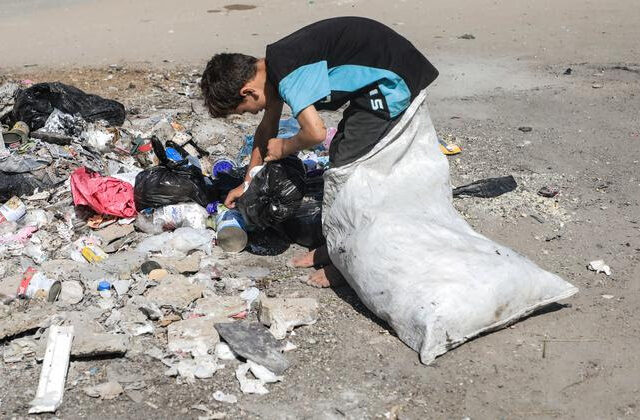There are strong indications that International Maritime Organisation (IMO) may start cracking down on ships using Liquefied Natural Gas (LNG) as fuel.
According to a recent study by IMO LNG methane emissions from shipping transportation is more dangerous to health compared to carbon dioxide emissions from other Fossil fuel. The study showed that methane emissions from ships run on LNG have much stronger global warming potential than cabon dioxide.
Dr. Bryan Comer of the International Council on Clean Transportation (ICCT) said it is surprising that Methane is yet to be regulated by the International Maritime Organisation (IMO).
According to him, mathane should be regulated because it has a much stronger global warming potential than carbon dioxide.
The recent released IMO fourth greenhouse gas study, surprisingly showed the huge challenge shipping faces to cut its carbon footprint in the maritime sector.
Curiously the study also indicated that proponents of LNG as shipping’s next fuel have been disappointed as the report shows that Methane emissions from shipping transportation is a big challenge to contain with in the move to reduce global warming.
Comer who led the review and revision of the study’s bottom-up methodology urged IMO to crack down on LNG fuelled ships. “If IMO wants to meet its climate goals, it must take swift action to prevent excess methane emissions from LNG-fuelled ships. We expect IMO to include all greenhouse gases, including methane, in the next phase of the EEDI” he said.
The study showed that despite thousands of pollution cutting measures carried out by the industry over the past decade, the shipping’s climate impact has grown 10 percent in just six years. Moreover, shipping emissions are projected to increase by up to 50 percent until 2050, relative to 2018, the study warns.
The study features carbon intensity for the first time as well as estimates of black carbon emissions from ships, which have consequences both for climate and human health.
Among other key findings more accurate data has doubled the estimate of the share of shipping emissions that fall in domestic, national inventories – from 15% to 30% – showing that much more attention should be paid to shipping in national GHG policy, and including shipping in nationally determined contributions.
International shipping GHG emissions in 2017 hit a fresh all-time high, breaching the previous peak year of 2008, both calculated using the vessel-based approach.
Jasper Faber, CE Delft’s project manager, commented: “The report will provide the IMO with a factual basis for the negotiations on measures to address greenhouse gas emissions from shipping.”
Shinichi Hanayama, ClassNK’s technical director said the fourth edition of the GHG study had been the most detailed, best edition so far.
Elena Hauerhof, UMAS’s leader of the inventory work, said: “This study represents a significant step forward in estimating emissions inventories, and for the first time uses a fully IPCC -aligned approach to estimate international shipping emissions. The study has also significantly advanced the accuracy of AIS based estimations for any ship, and evidences this by undertaking a detailed validation against fuel consumption and other key parameters reported in EU MRV for over 9000 ships.”
by Abisoye Shola……………







I don’t think the title of your article matches the content lol. Just kidding, mainly because I had some doubts after reading the article.
49qs51